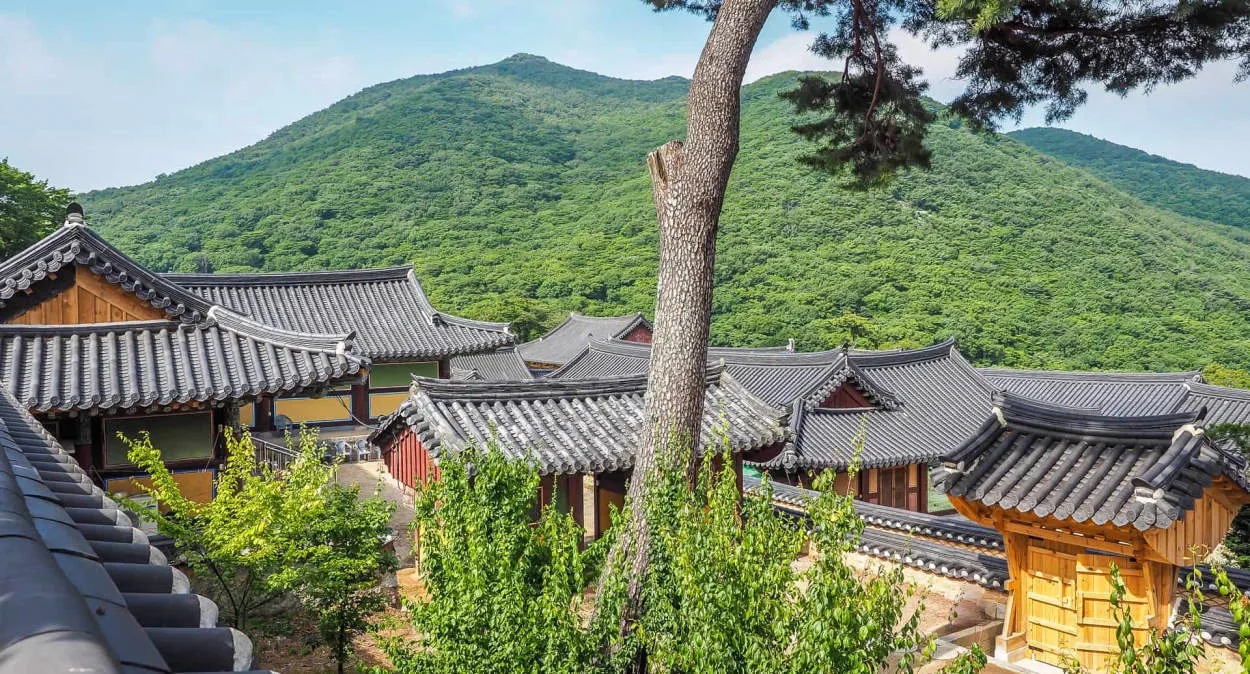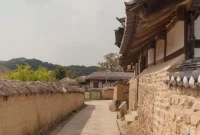Discover the tranquility of ancient traditions with a Temple Stay in Korea. Immerse yourself in the serene surroundings of majestic temples, where you can experience meditation, traditional tea ceremonies, and Buddhist rituals. Find your inner peace and gain a deeper understanding of Korean culture and spirituality through this extraordinary journey.
Introduction to Temple Stays
Temple stays offer a unique opportunity to experience the ancient traditions and find serenity in the heart of South Korea. As you immerse yourself in the peaceful ambiance of the temples, you will have a chance to disconnect from the modern world and discover inner peace.
During a temple stay, you will have the opportunity to learn about Buddhist teachings, practice meditation, and participate in traditional ceremonies. The serene surroundings and the guidance of experienced monks create the perfect environment for reflection and self-discovery.
Whether you are seeking a spiritual retreat, a cultural experience, or simply a break from your daily routine, temple stays in Korea provide a meaningful and enriching experience. From exploring the beautiful temple grounds to engaging in mindful activities, every moment in a temple stay is designed to nourish your mind, body, and soul.
Engaging in Buddhist Meditation
In the midst of the bustling city life, finding serenity and inner peace can often feel like an impossible task. However, one can embark on a transformative journey by engaging in Buddhist meditation during a temple stay in Korea.
With its ancient traditions and rich cultural heritage, Korea offers a unique opportunity for individuals seeking a spiritual retreat. Temple stays allow visitors to immerse themselves in the peaceful and tranquil environment of Buddhist temples, providing a respite from the fast-paced modern world.
During a temple stay, participants can learn and practice various forms of meditation under the guidance of experienced Buddhist monks. Whether it’s sitting meditation (Seon), walking meditation (Jogye), or chanting meditation (Yebul), each technique aims to quiet the mind, cultivate mindfulness, and foster a sense of inner calm and clarity.
Aside from meditation, temple stay programs often include engaging activities such as tea ceremonies, Buddhist rituals, and communal work known as “Baru Gongyang.” These activities not only provide a deeper understanding of Buddhist teachings but also foster a sense of community and shared experience among participants.
Moreover, temple stays offer an opportunity to disconnect from technology and reconnect with nature. Surrounded by serene landscapes and beautiful gardens, participants can find solace in the simplicity of the natural world, allowing them to recharge their spirits and gain a renewed perspective.
Ultimately, engaging in Buddhist meditation during a temple stay in Korea offers a chance to delve into one’s inner self, discover inner peace, and connect with a centuries-old spiritual practice. It is a transformative experience that brings clarity, tranquility, and a renewed sense of purpose.
Participating in Monastic Activities
Embarking on a temple stay in Korea offers a unique opportunity to immerse oneself in ancient traditions and find serenity. In these peaceful settings, visitors can participate in various monastic activities, joining monks and nuns in their daily rituals and practices.
1. Morning Meditation
The day begins with an early wake-up call, often before sunrise, to join the monks and nuns in morning meditation. Sitting still in the serene meditation hall, surrounded by the sweet smell of burning incense, participants can let go of their thoughts and focus on their breath, finding inner peace and clarity.
2. Buddhist Chanting
As the sun rises, the haunting sound of Buddhist chants fills the air. Visitors have the opportunity to learn and participate in these rhythmic chants, which are believed to bring blessings and positive energy. The harmony created by the collective voices creates a deeply spiritual and uplifting experience.
3. Tea Ceremony
Participating in a traditional tea ceremony is not only a chance to enjoy a warm cup of tea but also an opportunity to practice mindfulness. Guided by the monks and nuns, participants learn to appreciate each moment, from the simple act of pouring hot water into the teapot to savoring the tea’s aroma and taste.
4. Temple Meals
Sharing meals with the monastic community is an essential aspect of the temple stay experience. The meals, known as temple food, are not only nourishing but also reflect the Buddhist principle of non-violence. Participants dine in silence, savoring each bite mindfully while cultivating gratitude for the food and the labor that went into its preparation.
5. Seon Meditation
In addition to morning meditation, temple stays often include extended sessions of Seon meditation, a type of meditation unique to Korean Buddhism. Seon meditation involves self-inquiry and the contemplation of a deep spiritual question, allowing participants to delve deeper into their inner selves and gain insights into the nature of existence.
Participating in monastic activities during a temple stay in Korea provides an enriching and transformative experience. These ancient traditions not only allow for personal introspection and growth but also offer a glimpse into a way of life centered around mindfulness, compassion, and inner peace.
Conclusion
Temple stays in Korea provide a unique opportunity for travelers to immerse themselves in the country’s ancient traditions and find serenity amidst the hustle and bustle of modern life. Whether it’s experiencing daily monastic rituals, practicing meditation, or participating in traditional ceremonies, these immersive experiences offer a truly transformative journey for those seeking inner peace and cultural understanding.




